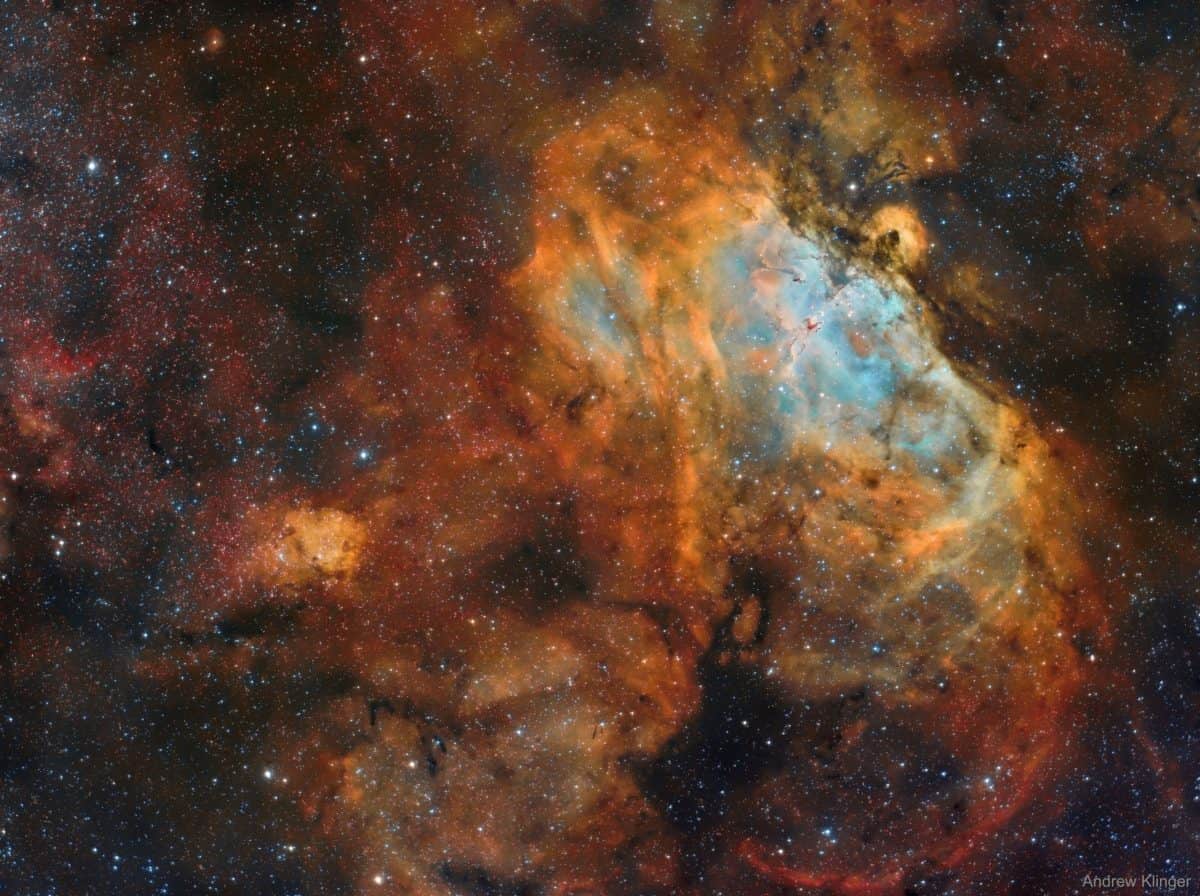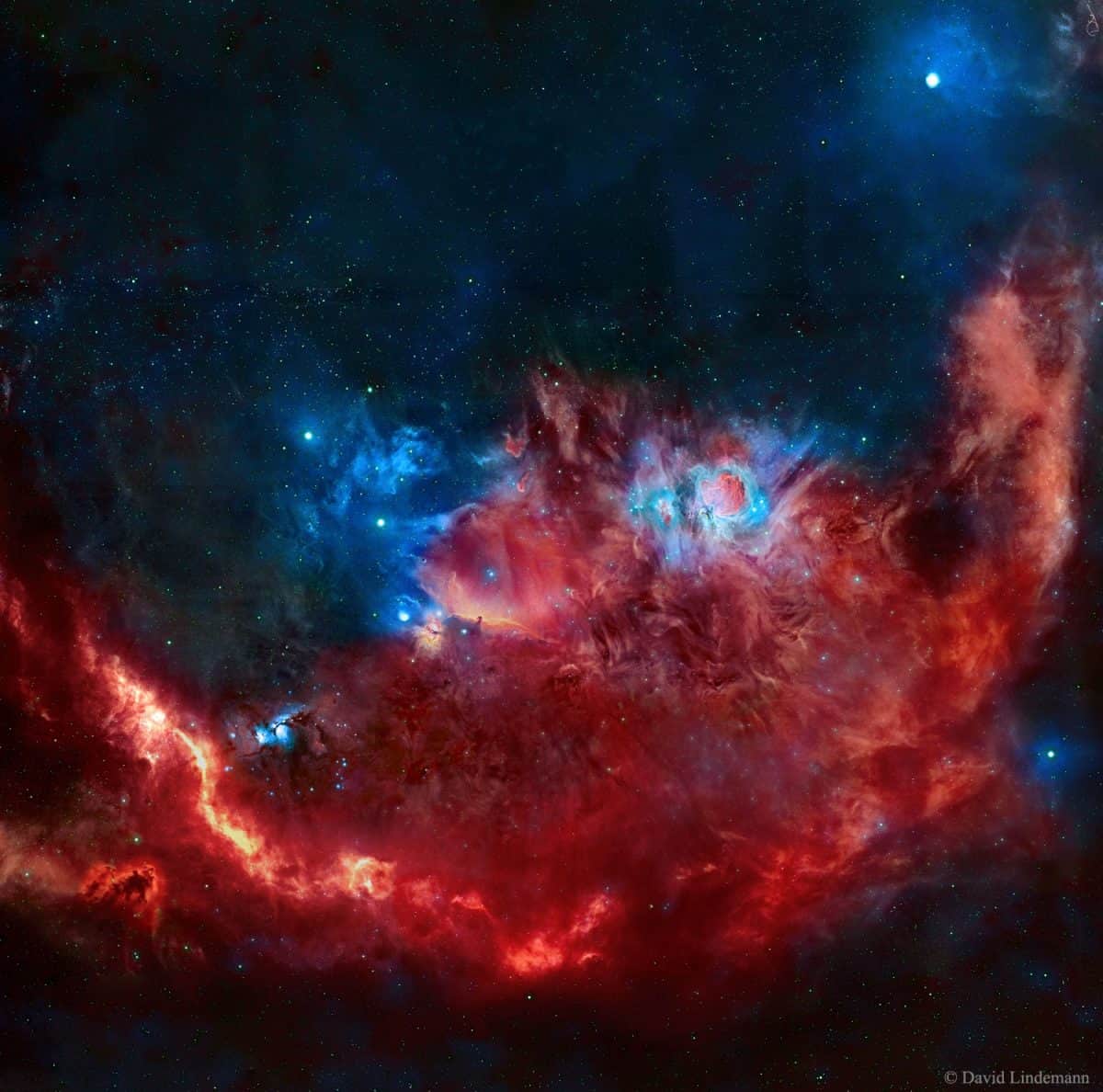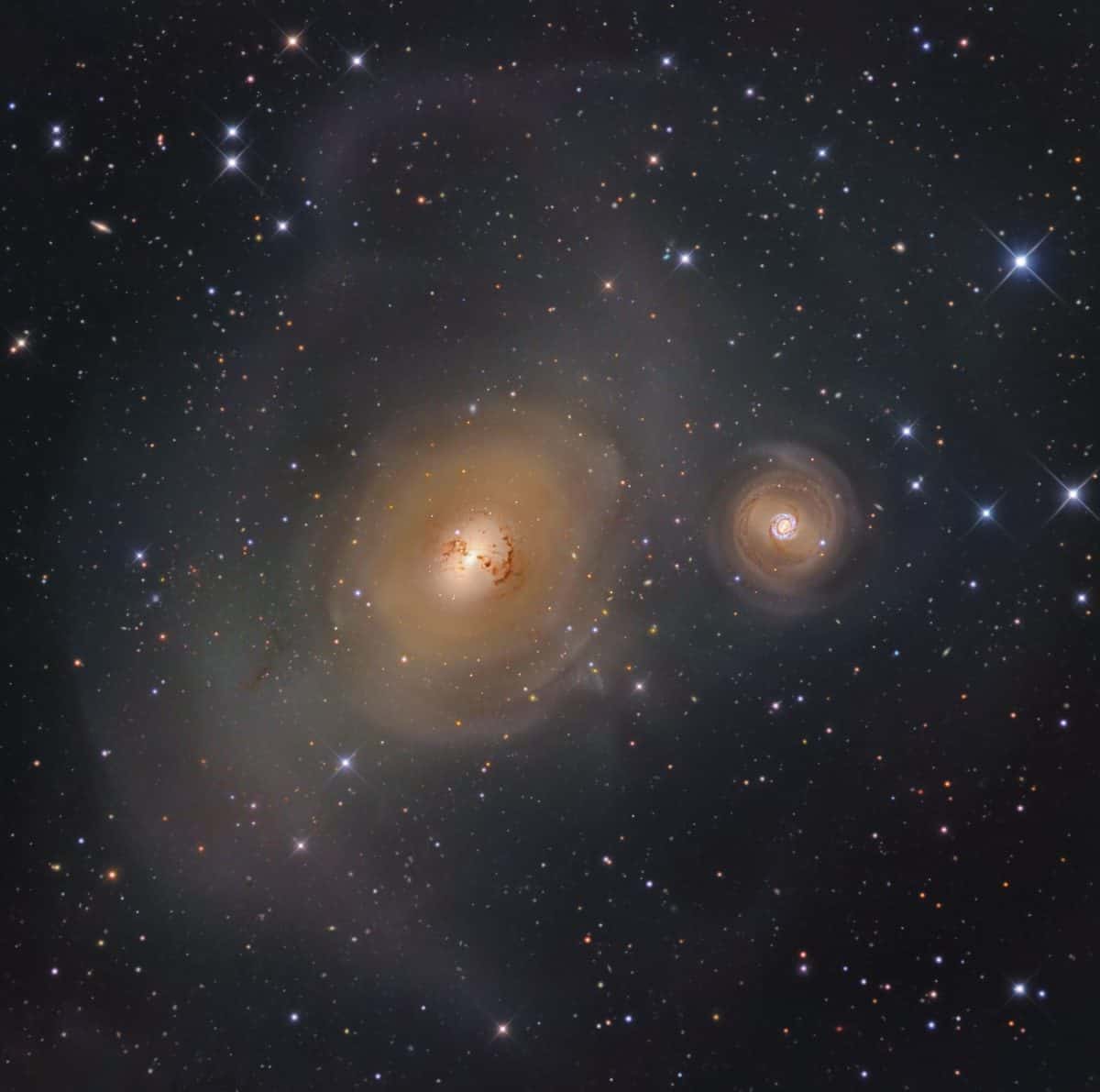Blog
Joseph Lee “Big Joe” Williams (October 16, 1903 – December 17, 1982) was an American Delta blues guitarist, singer and songwriter, notable for the distinctive sound of his nine-string guitar. Performing over four decades, he recorded the songs “Baby Please Don’t Go”, “Crawlin’ King Snake” and “Peach Orchard Mama”, among many others, for various record labels, including Bluebird, Delmark, Okeh, Prestige and Vocalion. He was inducted into the Blues Hall of Fame on October 4, 1992.
The blues historian Barry Lee Pearson (Sounds Good to Me: The Bluesman’s Story, Virginia Piedmont Blues) described Williams’s performance:
- When I saw him playing at Mike Bloomfield’s “blues night” at the Fickle Pickle, Williams was playing an electric nine-string guitar through a small ramshackle amp with a pie plate nailed to it and a beer can dangling against that. When he played, everything rattled but Big Joe himself. The total effect of this incredible apparatus produced the most buzzing, sizzling, African-sounding music I have ever heard.
Born in Oktibbeha County, a few miles west of Crawford, Mississippi, Williams as a youth began wandering across the United States busking and playing in stores, bars, alleys and work camps. In the early 1920s he worked in the Rabbit Foot Minstrels revue. He recorded with the Birmingham Jug Band in 1930 for Okeh Records.
https://www.youtube.com/watch?v=U6RNptsBorM
more...From afar, the whole thing looks like an Eagle. A closer look at the Eagle Nebula, however, shows the bright region is actually a window into the center of a larger dark shell of dust. Through this window, a brightly-lit workshop appears where a whole open cluster of stars is being formed. In this cavity tall pillars and round globules of dark dust and cold molecular gas remain where stars are still forming. Already visible are several young bright blue stars whose light and winds are burning away and pushing back the remaining filaments and walls of gas and dust. The Eagle emission nebula, tagged M16, lies about 6500 light years away, spans about 20 light-years, and is visible with binoculars toward the constellation of the Serpent (Serpens). This picture involved over 25 hours of imaging and combines three specific emitted colors emitted by sulfur (colored as red), hydrogen (yellow), and oxygen (blue).
more...Fela Anikulapo Kuti (15 October 1938 – 2 August 1997), also professionally known as Fela Kuti, or simply Fela, was a Nigerian multi-instrumentalist, musician, composer, pioneer of the Afrobeat music genre and human rights activist. He has been called “superstar, singer, musician, Panafricanist, polygamist, mystic, legend.” At the height of his popularity, he was referred to as one of Africa’s most “challenging and charismatic music performers.”
Fela was born Olufela Olusegun Oludotun Ransome-Kuti on 15 October 1938 in Abeokuta, the modern-day capital of Ogun State in the Federal Republic of Nigeria, then a city in the British Colony of Nigeriainto an upper-middle-class family. His mother, Chief Funmilayo Ransome-Kuti, was a feminist activist in the anti-colonial movement; his father, Reverend Israel Oludotun Ransome-Kuti, an Anglican minister and school principal, was the first president of the Nigeria Union of Teachers. His brothers, Beko Ransome-Kuti and Olikoye Ransome-Kuti, both medical doctors, are well known in Nigeria. Fela is a first cousin to the Nigerian writer and Nobel laureate Wole Soyinka, the first African to win the Nobel Prize for Literature.
more...Lionel Frederick Cole (born October 15, 1931) is an American jazz singer and pianist whose recording career has spanned over sixty-five years. He is the brother of musicians Nat King Cole and Ike Cole, father of Lionel Cole, and uncle of Natalie Cole, Carole Cole, Timolin Cole, and Casey Cole.
Cole was born to Edward and Paulina Cole, and grew up in Chicago with siblings Eddie, Ike and Nat King Cole. He began playing piano at the age of six, and continued his musical education at the Roosevelt Institute in Chicago. He moved to New York in 1951, where he studied at the Juilliard School of Music, before completing a master’s degree at the New England Conservatory of Music.
Following the moderate success of “Whispering Grass” on OKeh Records in 1953 Cole spent several months on the road with Johnny Coles and Benny Golson as the Earl Bostic band. During the 1970s, Cole recorded several albums for European and English based labels. He went on to work with Grover Washington, Jr. and to record jingles for various companies, including Turner Classic Movies He was the subject of the 2006 documentary The Cole Nobody Knows. In June of that year, Cole was added to the Steinway Artist roster.
https://www.youtube.com/watch?v=qZTW_UBdNn4
more...Nellie Rose Lutcher (October 15, 1912 – June 8, 2007) was an African-American R&B and jazz singer and pianist, who gained prominence in the late 1940s and early 1950s. Lutcher was most recognizable for her diction and exaggerated pronunciation, and was credited as an influence by Nina Simone among others.
Lutcher was born in Lake Charles, Louisiana, the eldest daughter of the 15 children of Isaac and Suzie Lutcher. She was the sister of saxophonistJoe Lutcher. Her father was a bass player and her mother a church organist. She received piano lessons, and her father formed a family band with her playing piano. At age 12, she played with Ma Rainey, when Rainey’s regular pianist fell ill and had to be left behind in the previous town. Searching for a temporary replacement in Lake Charles, one of the neighbors told Rainey that there was a little girl who played in church who might be able to do it.
Aged 15, Lutcher joined her father in Clarence Hart‘s Imperial Jazz Band, and in her mid-teens also briefly married the band’s trumpet player. In 1933, she joined the Southern Rhythm Boys, writing their arrangements and touring widely. In 1935, she moved to Los Angeles, where she married Leonel Lewis and had a son. She began to play swing piano, and also to sing, in small combos throughout the area, and began developing her own style, influenced by Earl Hines, Duke Ellington and her friend Nat “King” Cole.
She was not widely known until 1947 when she learned of the March of Dimes talent show at Hollywood High School, and performed. The show was broadcast on the radio and her performance caught the ear of Dave Dexter, a scout for Capitol Records. She was signed by Capitol and made several records, including “The One I Love (Belongs to Somebody Else)” and her first hit single, the risqué “Hurry On Down”, which went to # 2 on the rhythm and blues chart. This was followed by her equally successful composition “He’s A Real Gone Guy”, which also made # 2 on the R&B chart and crossed over to the pop charts where it reached # 15.
more...When did Orion become so flashy? This colorful rendition of part of the constellation of Orion comes from red light emitted by hydrogen and sulfur (SII), and blue-green light emitted by oxygen (OIII). Hues on the featured image were then digitally reassigned to be indicative of their elemental origins — but also striking to the human eye. The breathtaking composite was painstakingly composed from hundreds of images which took nearly 200 hours to collect. Pictured, Barnard’s Loop, across the image bottom, appears to cradle interstellar constructs including the intricate Orion Nebula seen just right of center. The Flame Nebula can also be quickly located, but it takes a careful eye to identify the slight indentation of the dark Horsehead Nebula. As to Orion’s flashiness — a leading explanation for the origin of Barnard’s Loop is a supernova blast that occurred about two million years ago.
The Orion Nebula (also known as Messier 42, M42, or NGC 1976) is a diffuse nebula situated in the Milky Way, being south of Orion’s Belt in the constellation of Orion. It is one of the brightest nebulae, and is visible to the naked eye in the night sky. M42 is located at a distance of 1,344 ± 20 light years and is the closest region of massive star formation to Earth. The M42 nebula is estimated to be 24 light years across. It has a mass of about 2,000 times that of the Sun. Older texts frequently refer to the Orion Nebula as the Great Nebula in Orion or the Great Orion Nebula.
more...Justin David Hayward (born 14 October 1946) is an English musician best known as songwriter, lead singer, and guitarist for the rock band the Moody Blues. In 2018, Hayward was inducted into the Rock and Roll Hall of Fame alongside the Moody Blues.
In 1966, after answering another ad in Melody Maker, this time placed by Eric Burdon of The Animals, Hayward was contacted by Mike Pinder of the Moody Blues after Burdon had passed on Hayward’s letter and demo discs to Pinder. Within a few days, Hayward had replaced departing Moody Blues vocalist and guitarist Denny Laine. Bassist John Lodge replaced temporary deputy Rod Clarke, who had stood in for departed bassist Clint Warwick at the same time.
more...Jewell Stovall, better known as Babe Stovall (October 14, 1907 – September 21, 1974), was an American Delta blues singer and guitarist.
Stovall was born in Tylertown, Mississippi, United States, in 1907, the youngest of eleven children (thus his nickname “Babe”). He learned to play the guitar by the age of eight, and his guitar playing style was influenced by Tommy Johnson, whom he had met in Mississippi around 1930. In 1964, he relocated to New Orleans, Louisiana, where he entertained on the streets, and in cafes and galleries of the French Quarter. Stovall frequently took young white musicians under his wing as apprentice performers, teaching them traditional country blues songs and guitar techniques. He variously played his guitar at the back of his neck, and hollered his song lyrics loudly for all in the vicinity to hear. In 1964 he recorded an album for Verve, titled Babe Stovall (which was re-released in 1990 on CD), and undertook more recordings in 1966, released as The Babe Stovall Story. His later work with Bob West resulted in The Old Ace: Mississippi Blues & Religious Songs, which was released on Arcola (2003). He was credited by some as the character inspiration behind Jerry Jeff Walker‘s, “Mr. Bojangles”.
Stovall played on the college circuit, in addition to being the regular musician at the Dream Castel Bar on Frenchman Street,[2] and The Quarum club in New Orleans.
more...Jewell Stovall, better known as Babe Stovall (October 14, 1907 – September 21, 1974), was an American Delta blues singer and guitarist.
Stovall was born in Tylertown, Mississippi, United States, in 1907, the youngest of eleven children (thus his nickname “Babe”). He learned to play the guitar by the age of eight, and his guitar playing style was influenced by Tommy Johnson, whom he had met in Mississippi around 1930. In 1964, he relocated to New Orleans, Louisiana, where he entertained on the streets, and in cafes and galleries of the French Quarter. Stovall frequently took young white musicians under his wing as apprentice performers, teaching them traditional country blues songs and guitar techniques. He variously played his guitar at the back of his neck, and hollered his song lyrics loudly for all in the vicinity to hear. In 1964 he recorded an album for Verve, titled Babe Stovall (which was re-released in 1990 on CD), and undertook more recordings in 1966, released as The Babe Stovall Story. His later work with Bob West resulted in The Old Ace: Mississippi Blues & Religious Songs, which was released on Arcola (2003). He was credited by some as the character inspiration behind Jerry Jeff Walker‘s, “Mr. Bojangles”.
Stovall played on the college circuit, in addition to being the regular musician at the Dream Castel Bar on Frenchman Street,[2] and The Quarum club in New Orleans.
more...https://www.youtube.com/watch?v=kYvkJk2ZWyk
more...NGC 1316 is in the Fornax galaxy cluster, and probably 60 million light-years away.
It contains a supermassive black hole at the center, helping to explain why it’s the 4th brightest radio source in the sky.
NGC 1317 is the smaller galaxy just to the north.
NGC 1316 (also known as Fornax A) is a lenticular galaxy about 60 million light-years away in the constellation Fornax It is a radio galaxy and at 1400 MHz is the fourth-brightest radio source in the sky.
In the late 1970s, François Schweizer studied NGC 1316 extensively and found that the galaxy appeared to look like a small elliptical galaxy with some unusual dust lanes embedded within a much larger envelope of stars. The outer envelope contained many ripples, loops, and arcs. He also identified the presence of a compact disk of gas near the center that appeared inclined relative to the stars and that appeared to rotate faster than the stars. Based on these results, Schweizer considered that NGC 1316 was built up through the merger of several smaller galaxies.
more...Paul Frederic Simon (born October 13, 1941) is an American singer-songwriter and actor. Simon’s musical career has spanned seven decades, with his fame and commercial success beginning as half of the duo Simon & Garfunkel (originally known as Tom & Jerry), formed in 1956 with Art Garfunkel. Simon was responsible for writing nearly all of the pair’s songs, including three that reached number one on the U.S. singles charts: “The Sound of Silence“, “Mrs. Robinson“, and “Bridge over Troubled Water“.
The duo split up in 1970 at the height of their popularity and Simon began a successful solo career, recording three acclaimed albums over the next five years. In 1986, he released Graceland, an album inspired by South African township music, which sold 14 million copies worldwide on its release and remains his most popular solo work. Simon also wrote and starred in the film One-Trick Pony (1980) and co-wrote the Broadway musical The Capeman (1998) with the poet Derek Walcott. On June 3, 2016, Simon released his 13th solo album, Stranger to Stranger, which debuted at No. 1 on the Billboard Album Chart and the UK charts.
Simon was born on October 13, 1941, in Newark, New Jersey, to Hungarian-Jewish parents.
https://www.youtube.com/watch?v=ucT-2YJslt8
more...Pharoah Sanders (born Farrell Sanders, October 13, 1940) is an American jazz saxophonist.
Saxophonist Ornette Coleman once described him as “probably the best tenor player in the world.” Emerging from John Coltrane‘s groups of the mid-1960s, Sanders is known for his overblowing, harmonic, and multiphonic techniques on the saxophone, as well as his use of “sheets of sound“. Sanders is an important figure in the development of free jazz; Albert Ayler famously said: “Trane was the Father, Pharoah was the Son, I am the Holy Ghost”.
Pharoah Sanders was born on October 13, 1940 in Little Rock, Arkansas. His mother worked as a cook in a school cafeteria, and his father worked for the City of Little Rock.
Sanders came to greater prominence playing with John Coltrane‘s band, starting in 1965, as Coltrane began adopting the avant-garde jazz of Albert Ayler, Sun Ra and Cecil Taylor. Sanders first performed with Coltrane on Ascension (recorded in June 1965), then on their dual-tenor recording Meditations (recorded in November 1965). After this Sanders joined Coltrane’s final quintet, usually performing very lengthy, dissonant solos. Coltrane’s later style was strongly influenced by Sanders.
Although Sanders’ voice developed differently from John Coltrane, Sanders was strongly influenced by their collaboration. Spiritual elements such as the chanting in Om would later show up in many of Sanders’ own works. Sanders would also go on to produce much free jazz, modified from Coltrane’s solo-centric conception. In 1968 he participated in Michael Mantler and Carla Bley‘s Jazz Composer’s Orchestra Association album The Jazz Composer’s Orchestra, featuring Cecil Taylor, Don Cherry, Larry Coryell and Gato Barbieri.
Pharoah’s first album, Pharoah’s First, wasn’t what he expected. The musicians playing with him were much more straightforward than Sanders, which made the solos played by the other musicians a bit out of place. Starting in 1966 Sanders signed with Impulse! and recorded Tauhid that same year. His years with Impulse! caught the attention of jazz fans, critics, and musicians alike, including John Coltrane, Ornette Coleman, and Albert Ayler.
In the 1970s, Sanders continued to produce his own recordings and also continued to work with the likes of Alice Coltrane on her Journey In Satchidananda album. Most of Sanders’ best-selling work was made in the late 1960s and early 1970s for Impulse Records, including the 30-minute wave-on-wave of free jazz “The Creator has a Master Plan” from the album Karma. This composition featured vocalist Leon Thomas‘s unique, “umbo weti” yodeling, and Sanders’ key musical partner, pianist Lonnie Liston Smith, who worked with Sanders from 1969-1971. Other members of his groups in this period include bassist Cecil McBee, on albums such as Jewels of Thought, Izipho Zam, Deaf Dumb Blind and Thembi.
more...More Posts
- Daily Roots with Rasta Children feat. Nattali Rize – Brushy One String
- Surviving the Pandemic and Realizing Racial Justice
- The Cosmos with NGC 281
- Fats Navarro Day
- Jack Costanzo Day
- Blind Melon Jefferson Day
- World Music with Ustad Saami
- Daily Roots with Creole
- Diego LaBriola Birthday
- Surviving the Pandemic and Realizing Racial Justice
- The Cosmos with M88
- Ani DiFranco Day
- Mighty Joe Young Day
- Ray Charles Day
- John Coltrane Day
- World Music with Falu & Karyshma
- Daily Roots with Black Uhuru
- Happy Autumn Equinox 2020
- Surviving the Pandemic and Realizing Racial Justice
- The Cosmos with IC 1318


